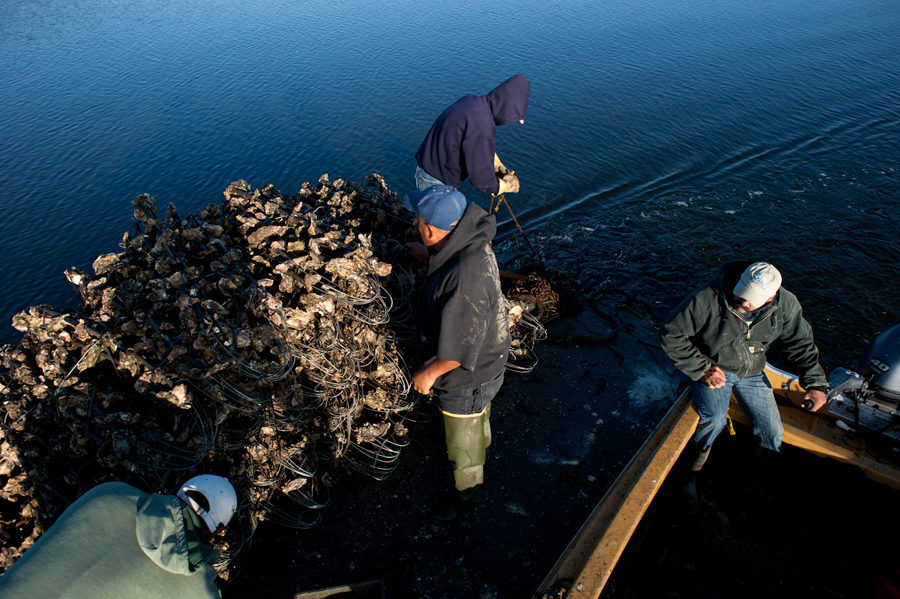Point Reyes National Seashore moved one step closer to shuttering Drakes Bay Oyster Company last week with the release of a draft environmental impact . . .
Oyster farm damned by draft EIS


Point Reyes National Seashore moved one step closer to shuttering Drakes Bay Oyster Company last week with the release of a draft environmental impact . . .